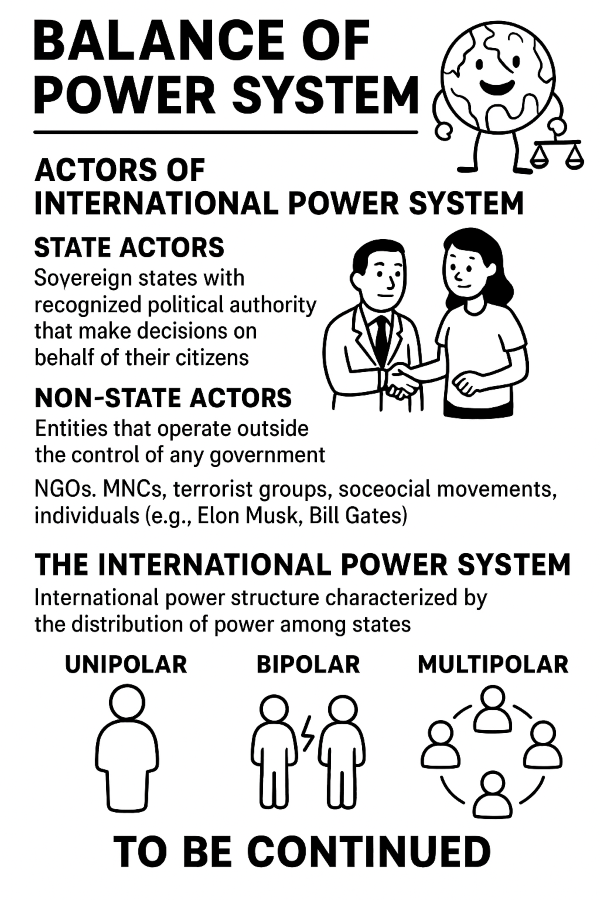INDIAN CORPORATES HAVE ENOUGH CASH – BUT DO THEY HAVE ENOUGH WILL TO INVEST IN MANUFACTURING ? – By N.S.Venkataraman

Chairman of State Bank of India has stated recently that corporate sector in India now hold significant cash balances. He further stated that internal estimates of State Bank of India put cash availability at Rs.13.5 trillion in corporate sector, which indicate that capex expansion , investment in projects can take place to a considerable extent by corporate sector through internal resources. Further, with investors being enthusiastic about subscribing for public issues, there seem to be no constraint in fund availability for setting up manufacturing projects.
While this statement of State Bank of India is very timely and appropriate , the ground reality is that the investment in manufacturing sector in India are not taking place at the pace at which it is required. This scenario should be causing huge concern to Prime Minister Modi and his government, as Mr. Modi has been stressing the importance of Atmanirbhar and need for manufacturing capacity build up efforts .
U S President Trump has done some “unintentional service” for India by imposing huge 50% tariff on exports from India and taking further steps to scrutinize and reduce the issue of the H1B visas , which would also significantly affect Indians seeking jobs in USA. This “shock treatment” given by President Trump has made Indians now think afresh in new direction and have made them realise that India has to become self dependent in every way as much as possible and as early as possible.
There are millions of Indians who crave to go to USA to seek job and also to get green card and ultimately become citizens of USA , attracted by the prosperity index in USA. Such aspirants also now realizing that under no circumstances , alien soil can be better than mother soil and aspiring to become citizen of USA can even become a demeaning exercise in the short and long run. Glimpses of protests and hate feeling against the migrants in USA, Canada and West European countries are now evident , whatever may be the number of years before which these migrants have gone to those countries and acquired citizenship.
The one and the only way for India to react to the “shock treatment” by President Trump is to rekindle the sense of pride and strengthen the manufacturing base in the country, that would reduce import dependence as well as boost export prospects.
Today, while India is known to be rapidly registering economic growth and has already become the fourth largest economy in the world, the ground reality is that such economic growth has happened largely due to the contribution of services sector rather than manufacturing sector. In the long run, services sector can be vulnerable to global pressure and competition but manufacturing sector can hold on its own by having manufacturing capacity as well as strengthening the consumption base in the country. The manufacture ng build up would inevitably lead to expansion and growth of domestic consumer sector in tune with the overall manufacturing g capacity and GDP growth of the country.
At present, India’s import dependence in various sectors including pharmaceuticals (Active Pharma Ingredients ), bulk chemicals ,fertilisers including speciality fertilizers used in agricultural sector , inputs required for solar power and wind power generation etc. are unacceptably high. Apart from this, India imports more than 80% of its crude oil requirement and 50% of its natural gas requirement. All such imports are now steadily growing up at 6 to 7% per annum.
If one were to carefully review the issues involved in creating manufacturing capacity for several of the products that are now being imported in large scale in India , it would be evident that this is not an impossible situation and appropriate strategies can be readily worked out in an imaginative way , provided there is an unbending will to do so.
Careful analysis of product by product is required to work out the strategy for substituting the import by domestic production in an appropriate way , that would suit Indian conditions. In the case of several imported products now, it would be found that there are ways and means of substituting the imports.
For achieving this end, the constraint is in the technology front , as India’s import dependence on technology is at very high level. There is a strong case for strengthening R & D base in India in a very big way. Indian technologists and engineers can very well contribute to strengthen the R & D base , if appropriate climate would be maintained in the research and development sector.
Just as reducing import is needed , boosting export is also vital need. For boosting export, strong globally operating trading houses have to be established in India. Such trading houses in India are certainly not in sufficient number.
While Government of India is playing its proactive role reasonably well, Indian corporate houses, presently with good cash balances, need to respond and rise up to the present occasion , where President Trump has imposed huge tariff on Indian export .
Efforts by Indian corporate houses so far in meeting Prime Minister Modi’s appeal to strengthen the manufacturing R & D base is conspicuous by near absence.
Certainly, Indian corporate houses should sit together and discuss about the broad strategies and approach to be adopted by corporate houses in India. Such approach should involve setting targets for building manufacturing capacity in various sector in time bound manner , strengthening R & D base and globalising Indian industrial sector with export target and export strategy.
To achieve this end, there should be good cooperation between Indian corporate houses in a variety of ways . Such efforts would be very appropriate in developing technology and penetrating export market. Corporate houses can join together to make investments in such activities with proper coordination between themselves. They need to form” united front” in a way where there would be no conflict of interests.. Such instances of competitors cooperating in specific areas to achieve quick results and mutual benefits are frequently happening globally .
























